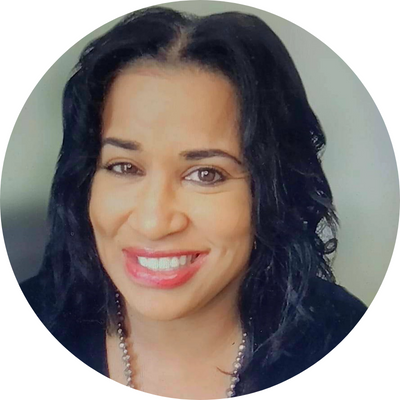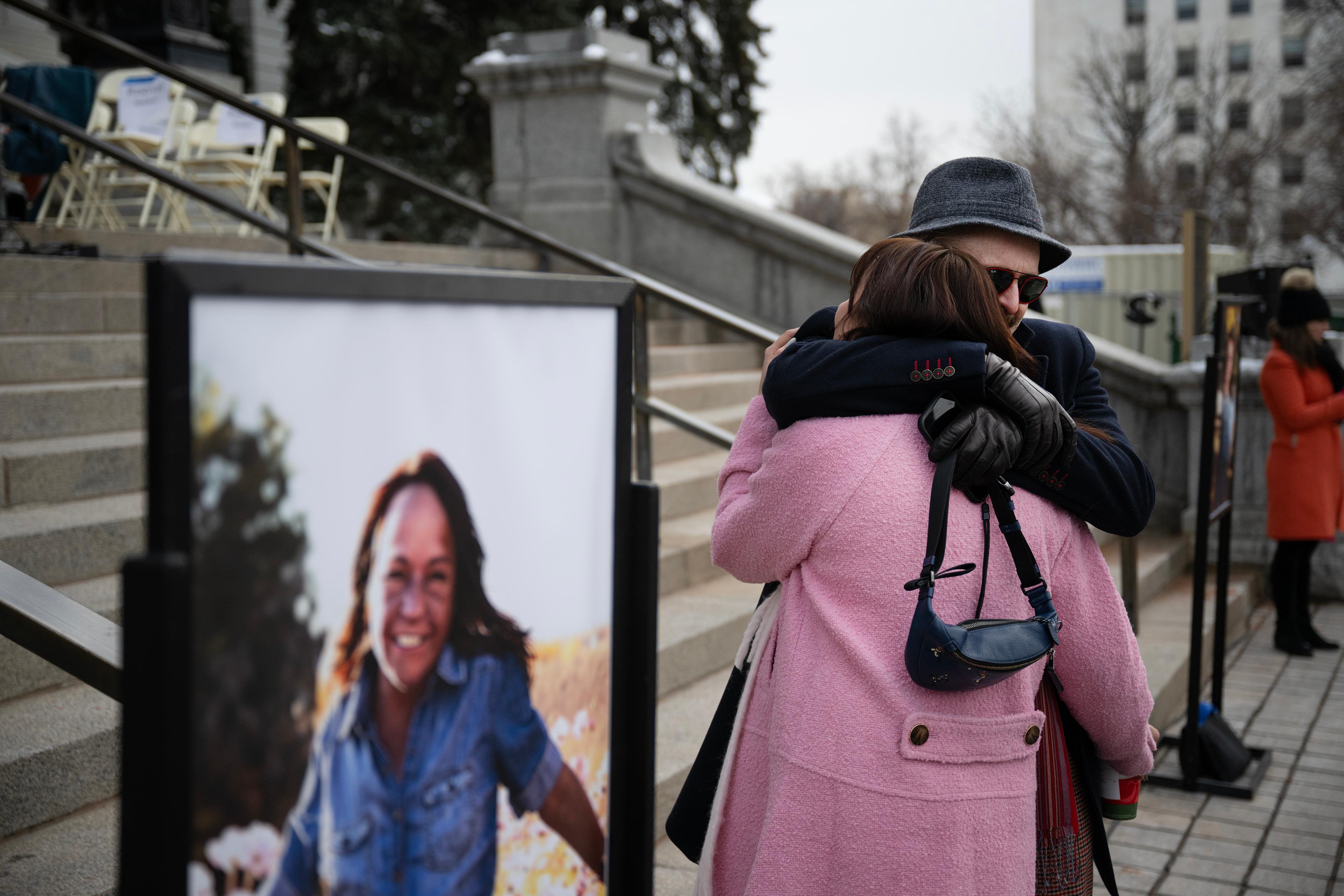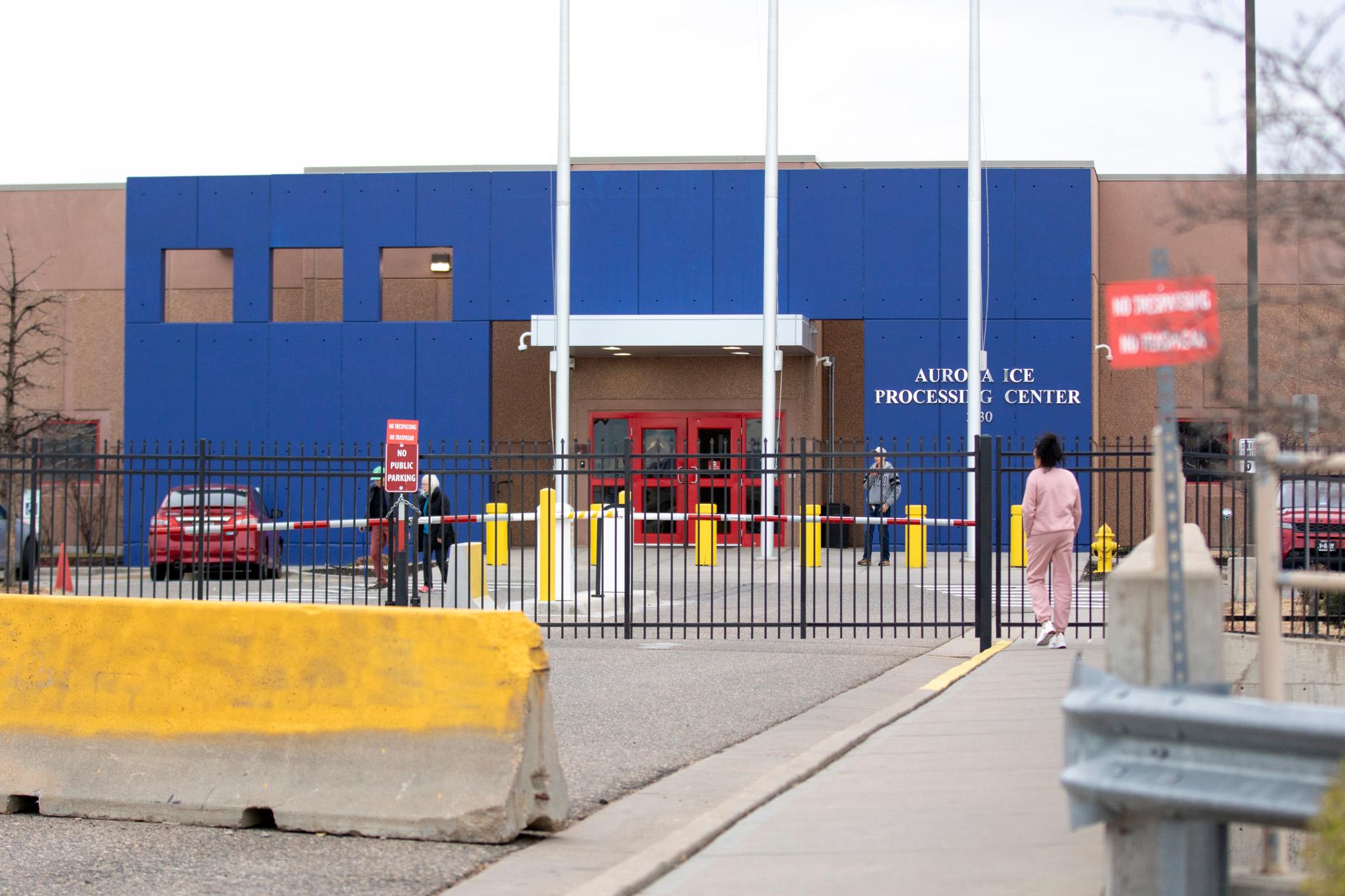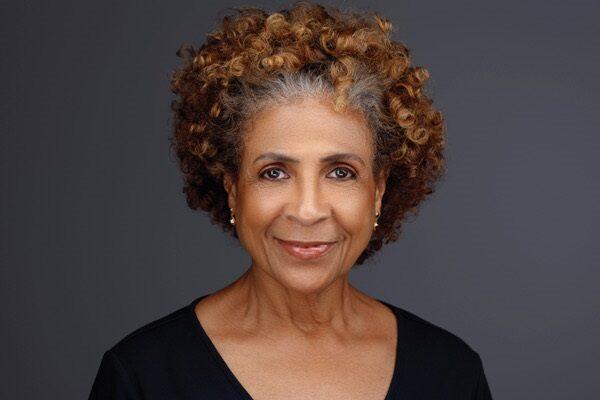
They’ve performed for the Queen of England, Mick Jagger, and Stevie Wonder. And even shared the bill with Josephine Baker; at the White House and beyond. Despite their accolades, their groundbreaking history was almost lost– until now.
Denver native Karlya Shelton-Benjamin was a part of this pioneering group of ballerinas who thrived amid discrimination and exclusion in the world of dance. Shelton-Benjamin is featured in the new book, “The Swans of Harlem.”
She shared her story with Colorado Matters host Chandra Thomas Whitfield.
Read the interview
Editor's note: This interview has been edited lightly for clarity and length.
Chandra Thomas Whitfield: There’s a saying nowadays, “Say her name.” So, let’s start with that—who are The Swans of Harlem?
Karlya Shelton-Benjamin: The Swans of Harlem are five former ballerinas of Dance Theater of Harlem: Lydia Abar, Mitchell, Sheila Rohan, Marcia Sells, Gail McKinney Griffith—whom we lost last October—and myself, Karlya Shelton-Benjamin. Founder Arthur Mitchell created the company because there were no dance companies for Black dancers.
We came together during COVID and decided to document our history, speaking to around 150 to 200 alumni over three weeks. We initially aimed to create an anthology, but Marcia Sells knew a literary agent who introduced us to a writer, leading to our story being featured in The New York Times in 2021. This sparked the creation of our book.
Thomas Whitfield: It’s called The Swans of Harlem: Five Black Ballerinas, 50 Years of Sisterhood, and Their Reclamation of a Groundbreaking History. How would you describe it?
Shelton-Benjamin: The book is written in three acts. The first act covers our time at Dance Theater of Harlem, performing worldwide. The second act discusses our lives after leaving the company. The third act details our reunion and efforts to document our history and that of other Black ballerinas and dancers at Dance Theater of Harlem. This is not just a ballet book; it’s about creating something incredible during an incredibly difficult time in the United States. It’s about sisterhood, nurturing that bond to keep each other going, and navigating life after dance.
Thomas Whitfield: You were a principal ballerina with Dance Theater of Harlem, which has been described as “a lighthouse for dancers of color in the 1960s and ‘70s when ballet companies typically wouldn’t even let a Black person audition.” What do you remember most about those early days?
Shelton-Benjamin: I joined the company in 1975. Although it was already established, I danced with many original members. It was challenging; I was the only Black dancer among seven students taken to New York to audition for different companies. I auditioned for the School of American Ballet, Joffrey, and Dance Theater of Harlem. I only auditioned for Dance Theater of Harlem because I saw Lydia Abarca on the cover of Dance magazine.
Seeing all these beautiful Black ballet dancers on stage during my audition felt incredible. Arthur Mitchell asked me to put on my pointe shoes, and backstage I saw two ballerinas dyeing their shoes to match their skin color. I knew then that I was home. Arthur Mitchell was a strict taskmaster on a mission to prove that we could do ballet. He made sure we knew we were part of something bigger, creating a polished and accomplished company.
Thomas Whitfield: Can you capture what it meant back then – and what it still means today – for a dancer of color to have a platform like the Dance Theater of Harlem?
Shelton-Benjamin: It means everything, especially now when some people don’t want accurate histories to be known. Black history is American history. We aim to ensure our history is documented accurately. We’re not the first Black ballerinas—Raven Wilkinson, Carmen De Lavallade, Janet Collins, and others came before us. We honor them and pave the way for future dancers.
Thomas Whitfield: Like I said earlier, “say their names.” Would you say it’s also a sense of validation, a comfort to have a place where you can be yourself and express yourself? If you’re turned down by so many places, I would imagine it could make you question your talent. Does knowing you have a place that embraces and celebrates who you are, give you a sense of pride and encouragement?
Shelton-Benjamin: Absolutely. Dance is hard. It's an incredible high when you're on stage, so having an institution created for us meant everything, especially when we were being turned down. Even those who got into predominantly white companies had a hard time. We faced challenges too, performing in places that didn’t want to see us as a professional and polished group. We were performing Balanchine ballets excellently.
Having a place like Dance Theater of Harlem was everything. We're seeing more companies like this now. For instance, Collage Dance in Memphis, created by Dance Theater of Harlem alumni Kevin Thomas, Ballethnic in Atlanta and Cleo Parker Robinson here who modeled her company after Dance Theater of Harlem. These platforms are crucial for showcasing our talent in an art form that had long excluded us.
Thomas Whitfield: Can you share a story that best captures the bond and sisterhood you’ve experienced with these women?
Shelton-Benjamin: At Dance Theater of Harlem, we had families. When you joined the company, you were adopted into a family with a mother, father, and siblings to guide you. Gail McKinney Griffith was my big sister. She welcomed me into the company and even gave me her place in the center, which dancers know is a significant gesture. This sense of family continued even after we left the company. We stayed close, supporting each other through tough times. This bond, this sisterhood, is like family. They hold you up during downtimes and keep you afloat.
Thomas Whitfield: You are a Denver native and grew up dancing with Colorado Concert Ballet, now known as Colorado Ballet. After rising to the rank of soloist, you pursued a professional career with Dance Theater of Harlem. What do you remember about your time dancing in Colorado?
Shelton-Benjamin: Those were great days. I looked forward to dancing Nutcracker every year, hoping to climb the ranks. Lillian Covelo and Freidan Parker, the artistic directors, were women, so I always felt welcomed. I still have friendships with the dancers from those days. I wanted to dance Clara, the lead in the Nutcracker, but I ended up dancing the Doll and Snow Queen roles. It was during the civil rights period, so casting a Black Clara might have been too much for audiences to accept.
However, seeing Sheridan Guerin recently as the first Black Clara in Colorado Ballet's 60-plus-year history was incredibly rewarding. I even sent her a message on Instagram to congratulate her.
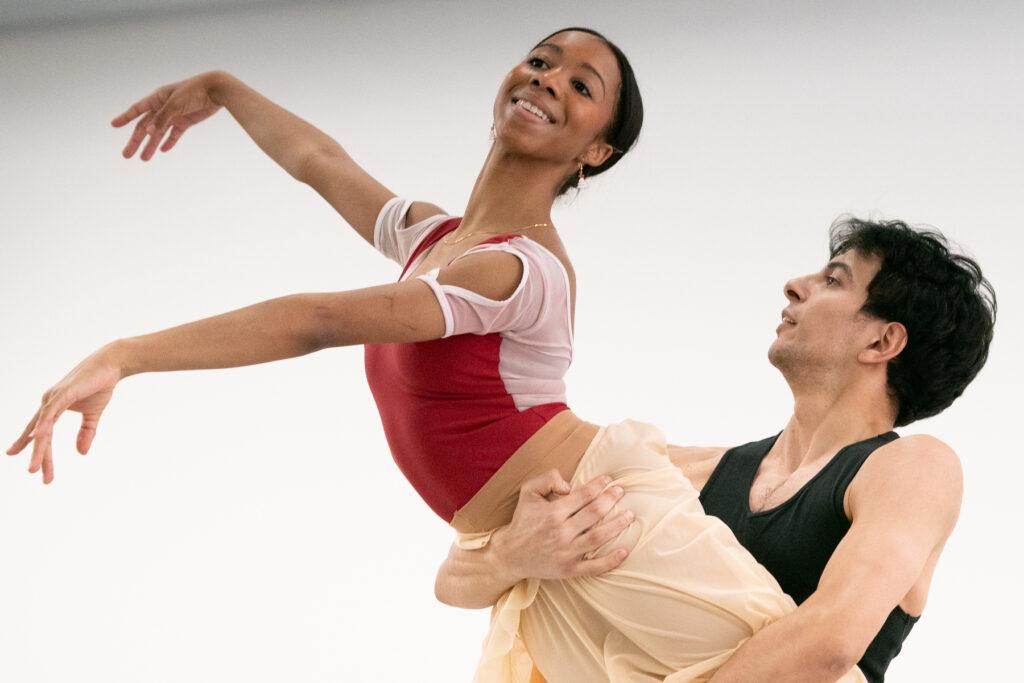
Thomas Whitfield: Why do you think it’s so hard for the world of dance, especially ballet, to embrace diversity?
Shelton-Benjamin: There’s this notion that because ballet originated in Europe, it should be performed by Europeans. But people can do anything they set their minds to. Excluding any group from an art form is counterproductive. There’s enough space for everyone. There’s a place at the barre for everyone. The myth that Black dancers aren’t suitable is just an excuse.
Thomas Whitfield: What can be done to expand diversity in dance?
Shelton-Benjamin: Artistic directors and their board members need to expand their vision. They should talk to younger people about what they want to see on stage. We’re a melting pot, and that should be reflected in the arts. If we claim to be a diverse nation, we need to reflect that on stage and screen.
Thomas Whitfield: You ended up having to leave the world of dance abruptly, which was very tough for you. But you eventually transitioned into a successful career selling fine jewelry. What are you up to these days?
Shelton-Benjamin: The 152nd Street Black Ballet Legacy Council takes up a lot of my time. We, the five ballerinas, aim to expand our efforts to document our history and help upcoming dancers. Our next mission is to help dancers pursue their careers in ballet.
Thomas Whitfield: As we wrap up, what do you want people to walk away knowing after reading this book?
Shelton-Benjamin: I want people to walk away knowing what an amazing feat we accomplished during the Civil Rights era by creating a Black ballet company. It was our form of protest, our fist in the air. We received flak from both Black and white people—Black people questioning why we were engaging in what they saw as the white man’s art, and white people not wanting us to do it. Despite this, Dance Theater of Harlem became a world-renowned company within two years, which is absolutely unheard of.
The second takeaway is the importance of sisterhood and community support. It’s crucial to support our young people and lift them up, while also remembering and honoring those who came before us.
- Where did Latinos sit on the bus during segregation? A Colorado history professor weighs in on that question asked in a poignant one-person play
- Interview: NPR’s Weekend Edition Sunday host Ayesha Rascoe on the beauty of Colorado, her new book, and the upcoming presidential election
- Interview: The editor-in-chief at MSU Denver’s student newspaper on the opportunity and challenge of covering antiwar protests
